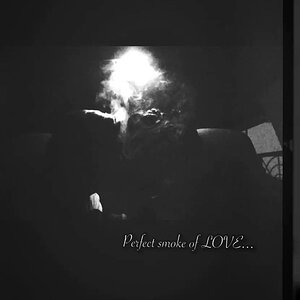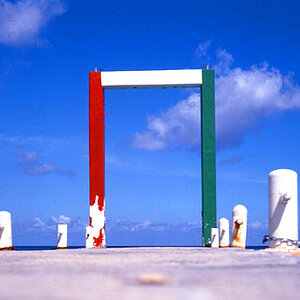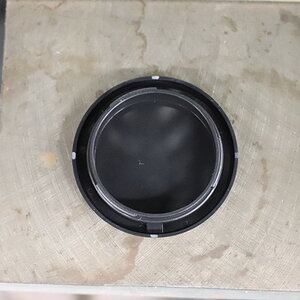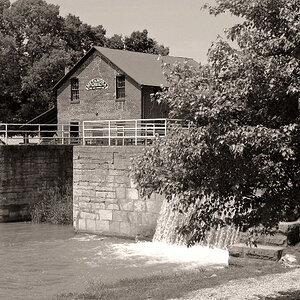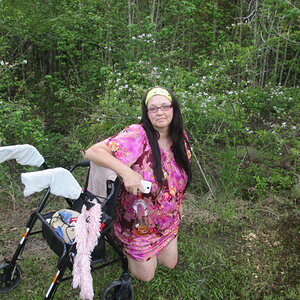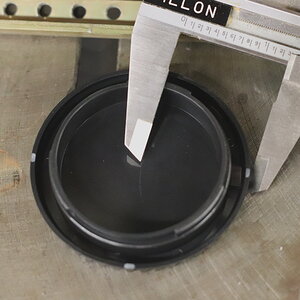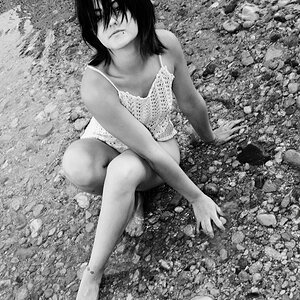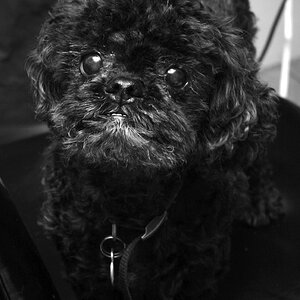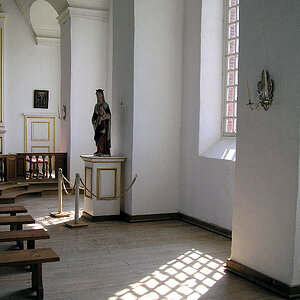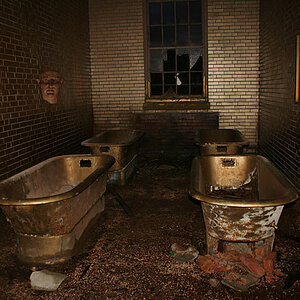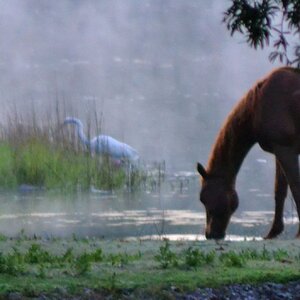mooker
TPF Noob!
Happy Monday all!
Yesterday evening was beautiful in Indiana (before the rain, that is!) so around 6:30 pm I walked over to the park and was taking some pics.
I'm still playing with the settings on my camera. I have messed with the Aperture settings for awhile, so I thought that I'd mess with the shutter speed. I have seen a lot of pictures of water fountains that various people have taken with differing shutter speeds. There's a really nice fountain near my house, so I tried my hand at a few pics with a slower shutter speed. On each picture, they were very overexposed, which I suppose makes sense (longer shutter opening means more light on the CCD). How can I avoid this? I took the pictures at around 6:45 pm, and while it wasn't dark per se, it wasn't bright and sunny either. I tried to lower the exposure (my camera will do -2 to +2 in 1/3 increments) all the way down to -2, and that didn't help.
So I switched off Tv mode and went to the dreaded M (dreaded for me, cuz my pics never look good! ) I tried to decrease the aperture down to f/8 (the minimum), and it was still overexposed.
) I tried to decrease the aperture down to f/8 (the minimum), and it was still overexposed.
I also noticed on my camera that I can't change the exposure in manual mode (the exposure setting changes to a flash output setting). ARGH!
So how the heck can I take slower shutter speed pics during the day without it being overexposed??
Here is a pic of probably the best one (f/8 1/2 sec) - don't mind the blurriness. I wanted to use an even slower shutter speed, but when it was this overexposed at 1/2 sec, I gave up.
Help!
Yesterday evening was beautiful in Indiana (before the rain, that is!) so around 6:30 pm I walked over to the park and was taking some pics.
I'm still playing with the settings on my camera. I have messed with the Aperture settings for awhile, so I thought that I'd mess with the shutter speed. I have seen a lot of pictures of water fountains that various people have taken with differing shutter speeds. There's a really nice fountain near my house, so I tried my hand at a few pics with a slower shutter speed. On each picture, they were very overexposed, which I suppose makes sense (longer shutter opening means more light on the CCD). How can I avoid this? I took the pictures at around 6:45 pm, and while it wasn't dark per se, it wasn't bright and sunny either. I tried to lower the exposure (my camera will do -2 to +2 in 1/3 increments) all the way down to -2, and that didn't help.
So I switched off Tv mode and went to the dreaded M (dreaded for me, cuz my pics never look good!
 ) I tried to decrease the aperture down to f/8 (the minimum), and it was still overexposed.
) I tried to decrease the aperture down to f/8 (the minimum), and it was still overexposed.I also noticed on my camera that I can't change the exposure in manual mode (the exposure setting changes to a flash output setting). ARGH!
So how the heck can I take slower shutter speed pics during the day without it being overexposed??
Here is a pic of probably the best one (f/8 1/2 sec) - don't mind the blurriness. I wanted to use an even slower shutter speed, but when it was this overexposed at 1/2 sec, I gave up.
Help!


